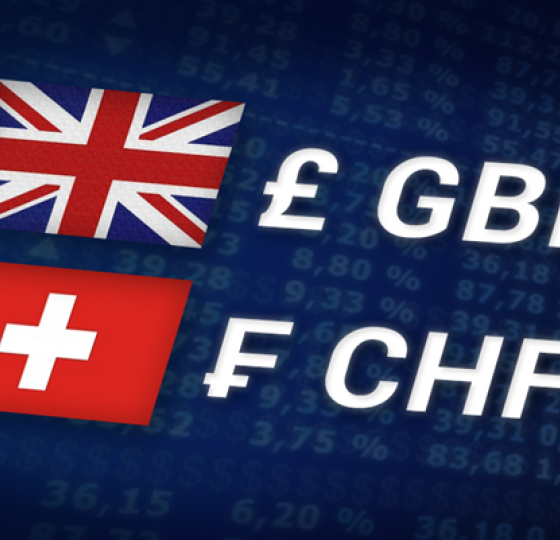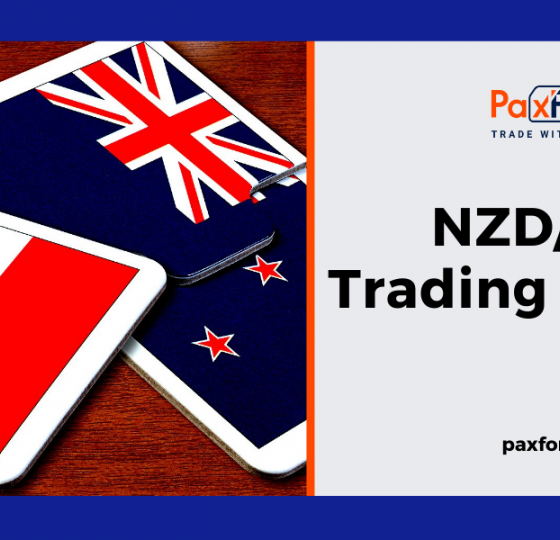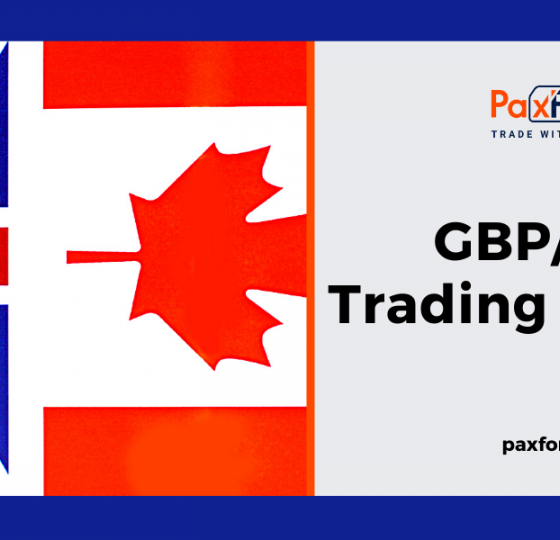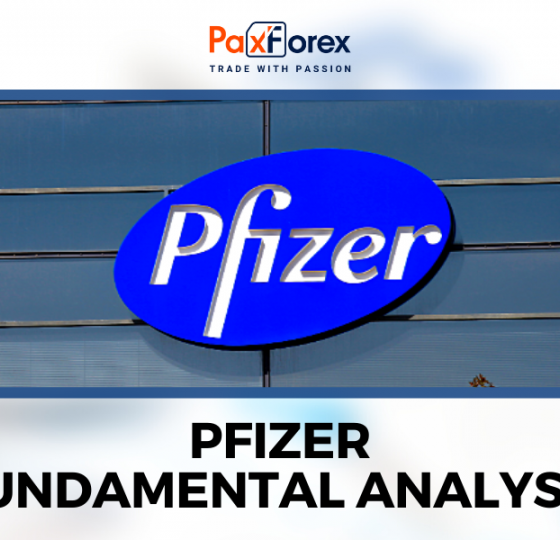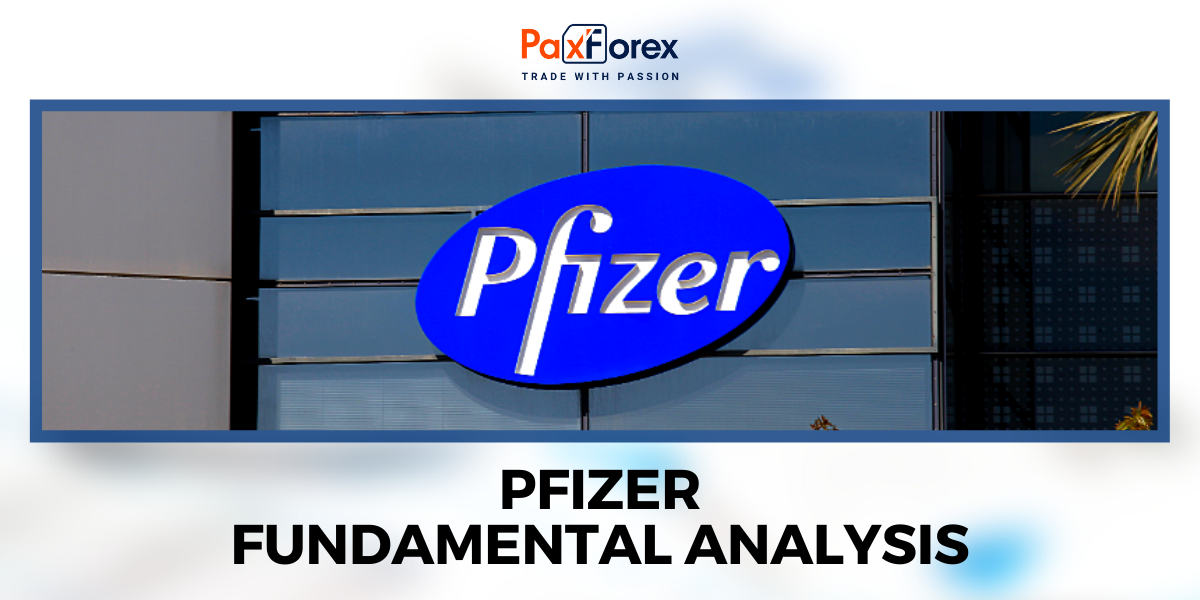
Source: PaxForex Premium Analytics Portal, Fundamental Insight
Pfizer, a pharmaceutical giant with a 175-year history, has long been a key player in the industry, offering a wide range of treatments across various medical fields. However, it gained global prominence a few years ago with its coronavirus vaccine, which became the world’s top-selling pharmaceutical product and pushed Pfizer’s annual revenue to a record-breaking $100 billion in 2022.
In the past 18 months, as demand for the vaccine waned, Pfizer’s revenue took a hit. The situation is further complicated by upcoming patent expirations of some of its best-selling products, which has weighed heavily on the company’s stock. Over the past three years, Pfizer shares have dropped by over 30%, and the valuation has halved from a year ago. With shares now trading at just 10 times forward earnings, the question arises: is Pfizer a bargain or a value trap?
A value trap is typically a stock that appears cheap based on valuation metrics like the forward P/E ratio, but is actually struggling due to issues like declining profitability or poor management decisions. Such stocks may seem like a deal but often disappoint investors in the long run.
Pfizer does face notable challenges. Sales of its coronavirus vaccine and treatment have significantly declined from their peak, with little chance of returning to those levels. In response, Pfizer has implemented a cost realignment program to align expenses with current revenue opportunities.
Additionally, patent expirations for key products, including the blood thinner Eliquis and breast cancer drug Ibrance, are expected to result in $17 billion in lost revenue between 2024 and 2030. To offset these losses, Pfizer has focused on in-house research and strategic acquisitions, culminating in a record period of 19 new product or indication launches within 18 months. Looking ahead, the company projects that these new products could contribute $20 billion in revenue by 2030, with business deals potentially adding another $25 billion.
Pfizer’s oncology segment is a particular area of focus, especially after its acquisition of Seagen, a leader in antibody-drug conjugates. This technology targets tumors directly with minimal side effects. Pfizer aims to launch eight or more blockbuster oncology drugs by 2030 and double the number of cancer patients treated with its therapies.
Financially, the company has shown positive momentum. Excluding coronavirus-related products, Pfizer's operational revenue increased by 14% in the second quarter. Key drugs like Xtandi for prostate cancer, the Vyndaqel family for cardiomyopathy, and Nurtec for migraines all posted double-digit growth.
Cost-cutting efforts are also progressing, with Pfizer on track to achieve $4 billion in savings by the end of the year and targeting $1.5 billion in savings from manufacturing optimization by 2027. These initiatives have helped Pfizer raise its full-year revenue guidance to between $59.5 billion and $62.5 billion, up from the previous range of $58.5 billion to $61.5 billion.
So, is Pfizer a buying opportunity or a value trap? While challenges remain - such as the need for new drugs to replace revenue from older blockbusters and the time required for these new products to make a significant impact - the company's strategic moves and promising pipeline suggest it is not a value trap. Instead, Pfizer represents a potential opportunity for patient investors willing to wait for the company’s growth to materialize over the coming years.
As long as the price is above 28.00, follow the recommendations below:
- Time frame: D1
- Recommendation: long position
- Entry point: 28.46
- Take Profit 1: 30.03
- Take Profit 2: 31.00
Alternative scenario:
If the level of 28.00 is broken-down, follow the recommendations below:
- Time frame: D1
- Recommendation: short position
- Entry point: 28.00
- Take Profit 1: 27.00
- Take Profit 2: 26.00


